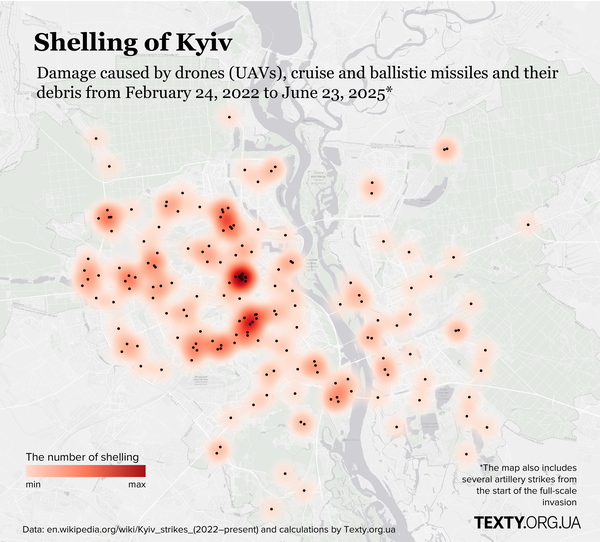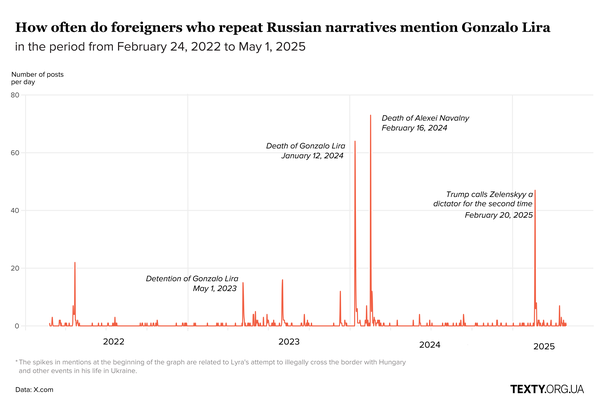When #zelenskyclown is your favorite hashtag. We have discovered another bot farm on TikTok
"Daddy died from the mobilization," "Mother died saving her son from going to the war", "Mobilization, launched by Zelensky, has gone completely mad. We already live like we're in a detachment for the army,"... Such messages are spread on TikTok by a bot farm with almost 630 accounts. Its bots broadcast Russian narratives, incite Ukrainian citizens, and professionally discredit mobilization in Ukraine.Читати українською




